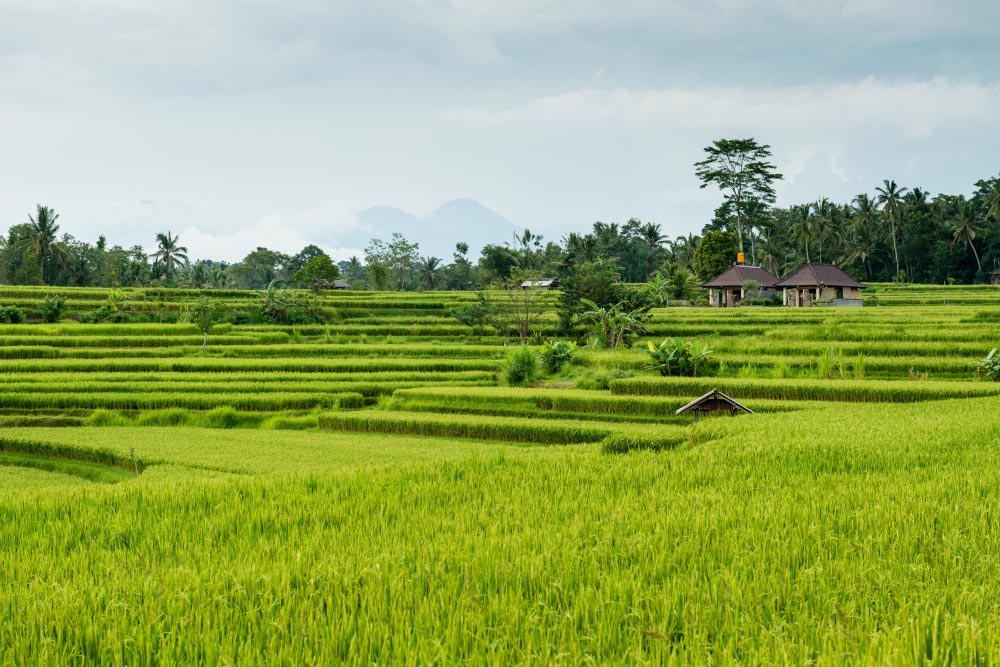
Food is essential to human survival, yet millions of people around the world continue to suffer from hunger. Despite increasing global food production, there is still a gap between the food produced and the people in need. In this article, we will explore the current state of global food production and hunger levels, factors contributing to food insecurity, and efforts to address the gap between food production and hunger.
Overview of the Current State of Global Food Production and Hunger Levels
According to the Food and Agriculture Organization of the Nations, it was estimated that in 2020, 690 million people suffered from hunger, despite global food production increasing by 2.7 percent. This data highlights the inadequacy of the current global food distribution system, as food is not reaching those who need it most.
Factors Contributing to Food Insecurity
Unequal Distribution
Food distribution is not equal, and as a result, many people do not have access to enough food to meet their basic needs. This unequal distribution is often a result of economic disparities, as those living in poverty may not have the resources to purchase food or access to markets where food is available.
Economic Disparities
Economic disparities play a significant role in food insecurity. In many countries, the gap between the rich and poor is growing, leading to an increasing number of people living in poverty and unable to access sufficient food. This can be due to a lack of employment opportunities, low wages, and a lack of social safety nets to support those in need.
Food Waste
Another contributing factor to food insecurity is food waste. Despite the fact that millions of people are going hungry, large amounts of food are thrown away each year due to overproduction, inefficient supply chains, and consumer waste. The Food and Agriculture Organization of the Nations estimates that one-third of all food produced is lost or wasted.
Efforts to Address Food Waste and Improve Distribution Systems
Share the Meal Initiative
The "Share the Meal" initiative, launched by the United Nations World Food Programme, allows individuals to make small donations to provide meals to children in need. This initiative is an example of how technology can be used to connect those who have with those in need and bridge the gap between food production and hunger.
Brazil's Zero Hunger Program
Brazil's "Zero Hunger" program is another example of a successful initiative aimed at improving access to food for low-income families and reducing food waste. The program provides food assistance to those in need and invests in local food production to create employment opportunities and improve food security in communities.
Latest Data and Statistics
According to the World Food Programme, it is estimated that one in nine people worldwide suffer from hunger. In 2020, the number of people experiencing acute hunger rose by 83 million due to the impact of the COVID-19 pandemic. These statistics highlight the urgency of the issue of food insecurity and the need for effective solutions to address the gap between food production and hunger.
Conclusion
Food insecurity is a complex issue, and there is no single solution to the gap between food production and hunger. However, initiatives such as the "Share the Meal" and Brazil's "Zero Hunger" program demonstrate that it is possible to make a difference and improve access to food for those in need. As a society, we must continue to work together to address food insecurity and ensure that everyone has access to enough food to meet their basic needs.
Agricultural Science




